News
Visioning Landscape’s that Speak Maori
Posted 28 11 2018
in News
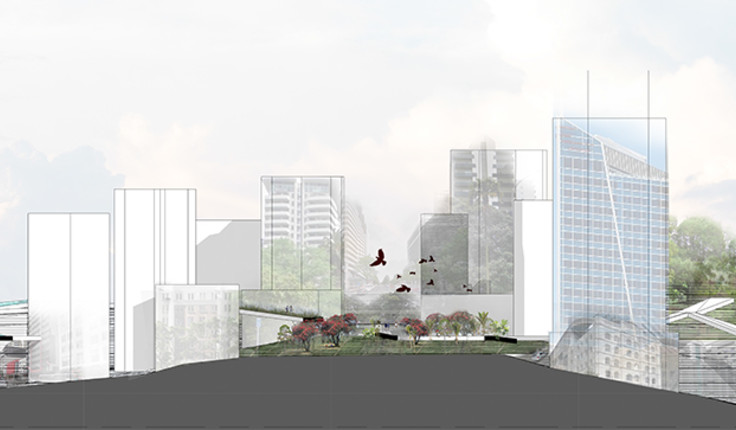
Te Tau-a-Nuku update
Foreword
By Alan Titchener (Ngai Tahu)
The other day I was privileged to attend, as a Guest Critic, the final year BLA Negotiated Study presentations of Bela Grimsdale (Te Ātiawa) and Te Kerekere Roycroft (Ngāti Korokoro, Te Pouka, Ngāti Wharara).
Supported by an audience of around fifty whānau, Unitec staff, fellow students and members of the Auckland landscape fraternity, and wrapped in the warm embrace of Te Noho Kotahitanga (Unitec's magnificent whare) Bela and Te Kerekere both provided excellent presentations which I believe deserve wider exposure.
Bela's project explores a contemporary expression of how an indigenous landscape can become manifest in an urban (downtown Tāmaki / Auckland) context. In doing so, she provides a valuable, beautifully crafted background commentary and what I think was an inspired solution for her particular chosen site.
Te Kerekere's study tackles the sensitive and complex topic of Mana Whenua engagement and applies this to her ancestral land at Pakanae in the Hokianga. She comes up with an empowering narrative and whenua-based mechanism for Mana Whenua interaction and engagement. While her model refers specifically to her selected site and the Mana Whenua associated with it, Te Kerekere's work documents a process and template that could well serve as a useful start point for similar projects elsewhere.
Bela and Te Kerekere summarise their projects below. I commend them to your attention.
The Pathway to lost land - Te Haerenga ki te Whenua I Ngaro ki te Po
By Bela Hinemoa Te Ngaro Po Grimsdale (Te Ātiawa, Ngāti Raukawa, Ngāti Toa)
The journey of my project began in 2017 when Te Kerekere Roycroft and I undertook a walking audit of the Tāmaki Makaurau CBD to locate, record and value existing Māori design elements for the Auckland Design Office. The audit was eye-opening in terms of thinking about where there might be potential for Te Ao Māori in the city and the extent to which these values are lacking.
It was this that lead to my research question: How can the indigenous landscape become manifest in the city?
My research started with Te Ao Māori (the Māori world) before colonisation, considered the impact of colonisation and looked at post-colonial theory, decolonisation and the area of conflict in landscape. I set out to re-imagine the urban context from a Māori perspective; starting at Te Kore (the nothing) leading to Te Ao Mārama (the world of light) where knowledge began. I was really interested in identifying the kaupapa Māori values that have been lost, and hypothesising how these values being reintroduced into a contemporary urban environment could manifest.

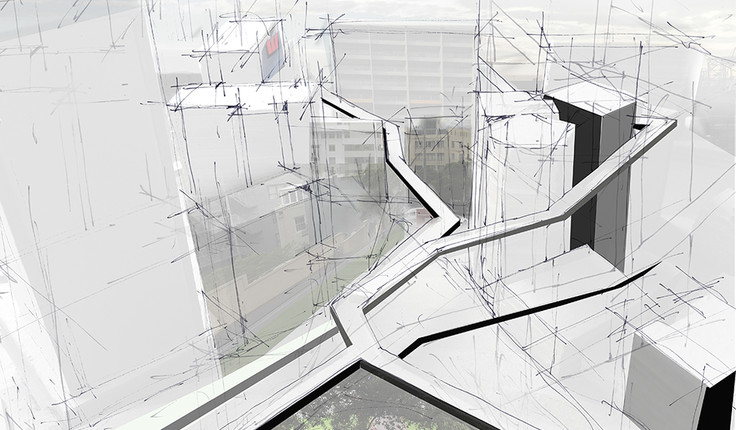
My project focuses on Te Rerenga Ora Iti the former headland and pā site that was demolished and pushed into the sea for the development of the Auckland harbour. Forensic investigation into the site revealed the deep meaning and values that exist through original Māori place names, oral histories and natural landscape features that have been destroyed, degraded and in some cases completely lost. The move away from indigenous values was marked by the gradual evolution of the city over time, however its histories remain embedded as traces and layers in the landscape.
The study of the site and the resulting design seeks to reveal the remnants of the invisible histories, the indigenous values and significant events that took place here. The proposition of the form is to recreate and reimagine these events to instigate a dialogue as disruptions to the landscape, to provoke thought and critique how we value natural and cultural landscapes.
The design uses the natural metaphor of the basket fungus, an organism that feeds on the subterranean decay of the history of the land to recreate in its woven form in the physical extent of the demolished headland. The form is a radical expression of space departing from the existing language of the city. It brings to the surface the elements of the past that lie hidden and buried. To make the invisible visible.
It is hoped that through the expression of the design that we have cause to question; What has come before? What is lost? Where are we now? What does this mean?
Pūtahi a Whenua - Confluence of Landscape
By Te Kerekere Louise Vernee Roycroft (Ngāti Korokoro, Te Pouka, Ngāti Wharara, Ngāpuhi-nui-tonu)
When those of us who live outside our homelands (rohe) return for hui or tangi, we generally only use a small number of the whenua (lands) significant to our people. For many of us, our knowledge of the network of uses our rohe has been left untaught, to the point that the knowledge of their presence and significance can be lost. If the significance of the contribution our rohe has given us is not kept up, how would we know of our interests in them, enough to work on their behalf?
Māori knowledge (mātauranga) should be grown as part of a collective, shared and built, a living process that grows organically for the betterment of the community, wāhi tapu and the people who whakapapa back to it.
To serve the intended objectives of my project I created a process, Pūtahi a Whenua, as a way to collect and transmit our rohe specific mātauranga Māori to enable our hapū to know more about who we/they are, and the importance of protecting what we value. Learning the lessons passed down from our tūpuna, to benefit us in this current context. And, once the collective consciousness of the families of our hapū has been deepened, to then utilise this consciousness to facilitate physical interaction with and on behalf of significant whenua of our rohe. The benefit of which will be both to stengthen the network of interactions we have with our rohe, and to allow us to move forward knowing who we are and where we stand. There are many important whenua in our rohe, but I elected to use our wāhi tapu, Roiho, as the test case because of the connection to my father, who we lost earlier this year.
The importance of a method that grows from a rohe/hapū specific understanding of land should be one of the primary considerations when undertaking a site specific project. The primary concern of a Māori Landscape Architect should be conducting themselves under both conventional and culturally adaptive methodologies that serve outcomes particular to the project and hapū. Especially where research by design and kaupapa Māori are concerned, as the research informs a physical manifestation for the benefit for the hapū of a rohe. When a design site is based around and involves a wāhi tapu - a sacred site/burial ground - that is extremely important to a rohe/hapū, the need for robust and exhaustive research becomes even more of a necessity. Given that wāhi tapu are integral to the identity of our whanaunga, the sensitivity of that relationship must be integrated into the project as a whole; it must be by, for and with the people whose land it is. The relationship to the multitude of informational sources is what makes research stronger, conducting ourselves in ways that are culturally correct, and with truth and love (tika, pono and aroha).
[Note from Editor - Both Bela and Te Kerekere have now completed their BLA degrees and are keen to test the ideas they have introduced here on a real project, If you have a real project you would like to collaborate on they can be contacted via the Te Tau-a-Nuku secretary (Neil.Challenger@whenua.nz )
Te Tau-a-Nuku is the Māori Landscape Architect’s Group, part of Nga Aho. If you are interested in its activities please contact Te Tau-a-Nuku secretary Neil.Challenger@whenua.nz
Share
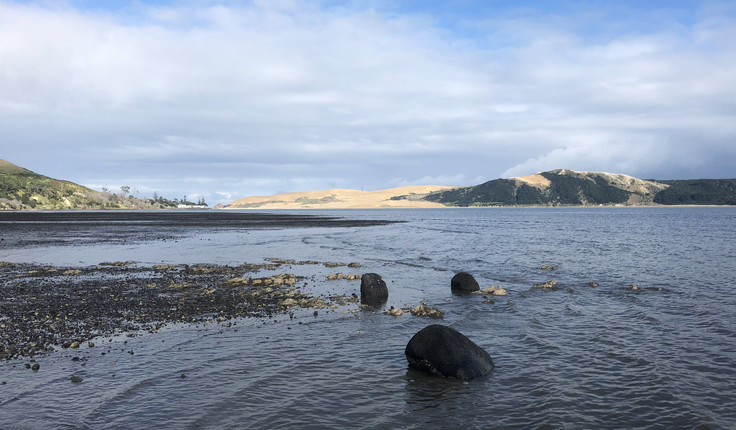
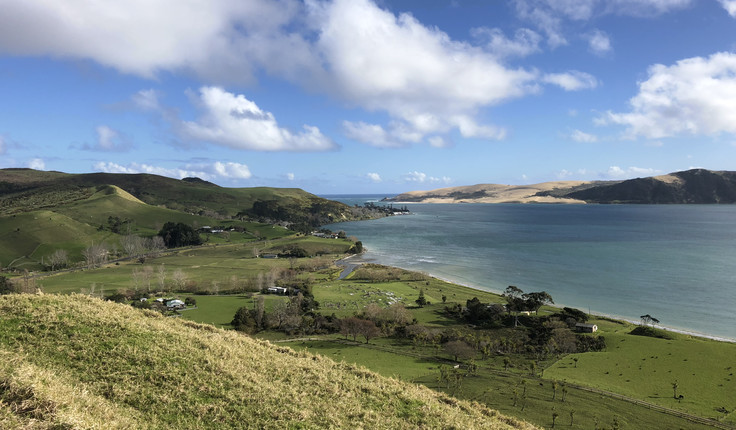
17 Jan
Call for interest: updating the Visual Simulation Guidelines
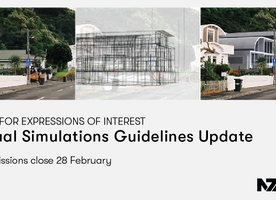
Expressions of interest welcome
Ngā mihi o te tau hou | Happy new year! We have an exciting opportunity for members to kick off …
19 Dec
Meri Kirihimete
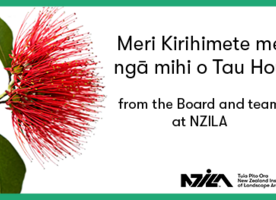
The team is taking a break for the festive season! We'll all be out of the office from 20 December, …
19 Dec
President's Update December 2024
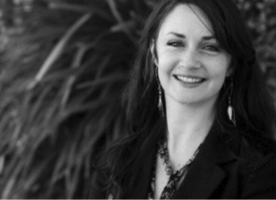
Kia ora koutou, Here we are at the end of 2024. It’s been a busy and challenging year in many …
Events calendar
Full 2025 calendar